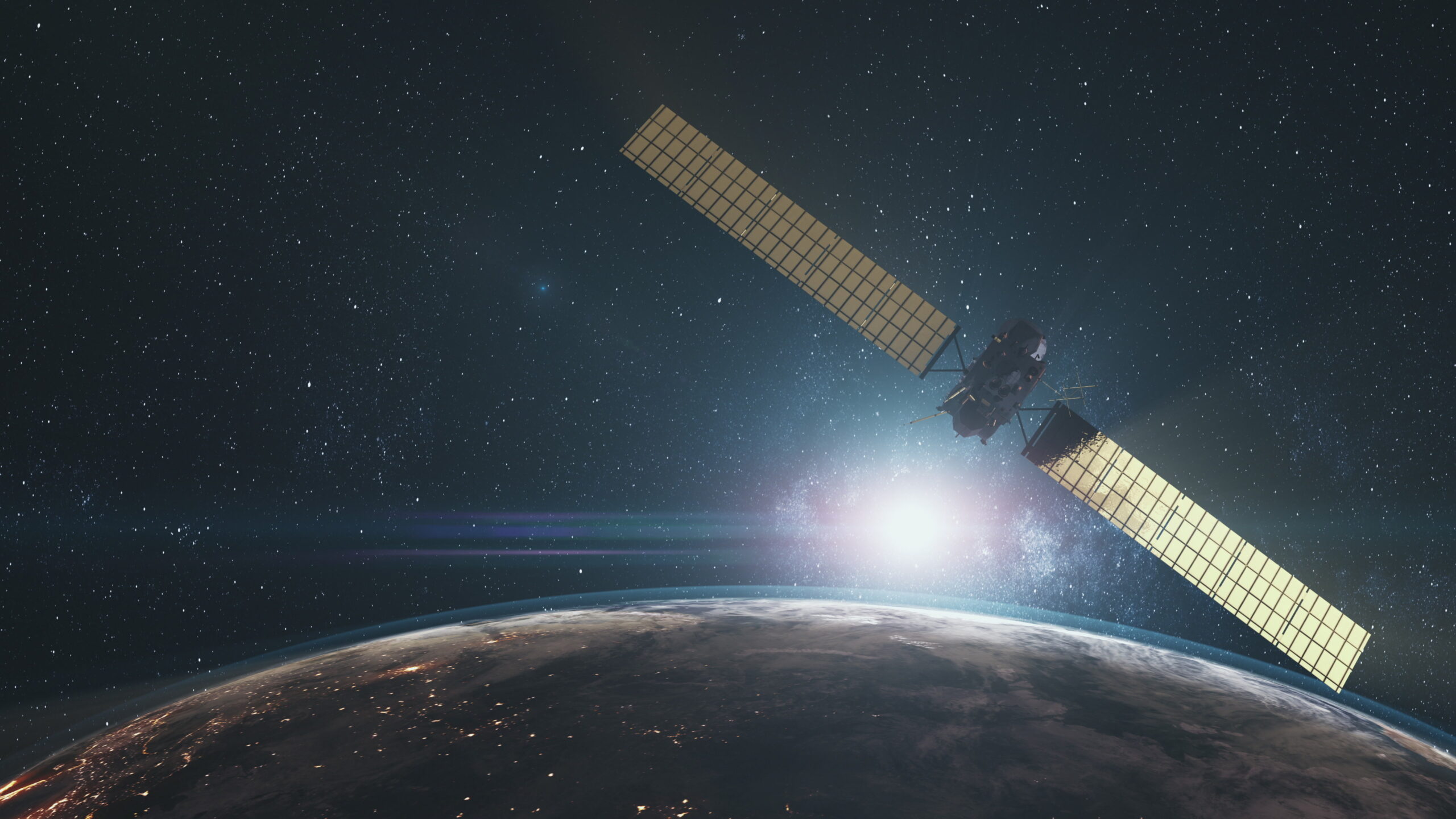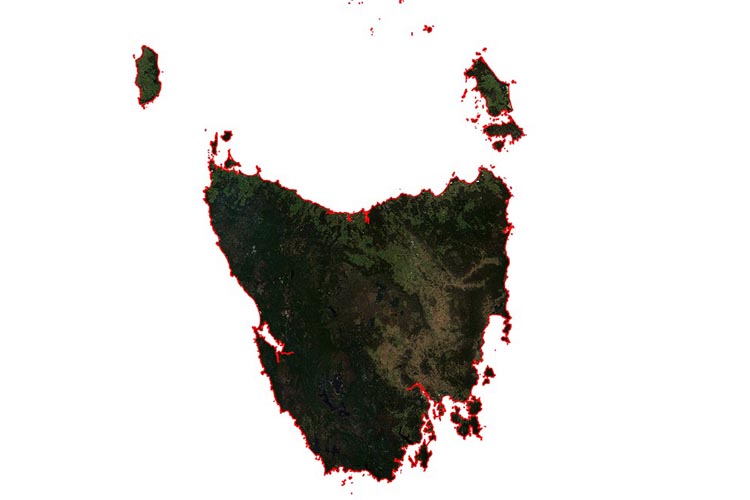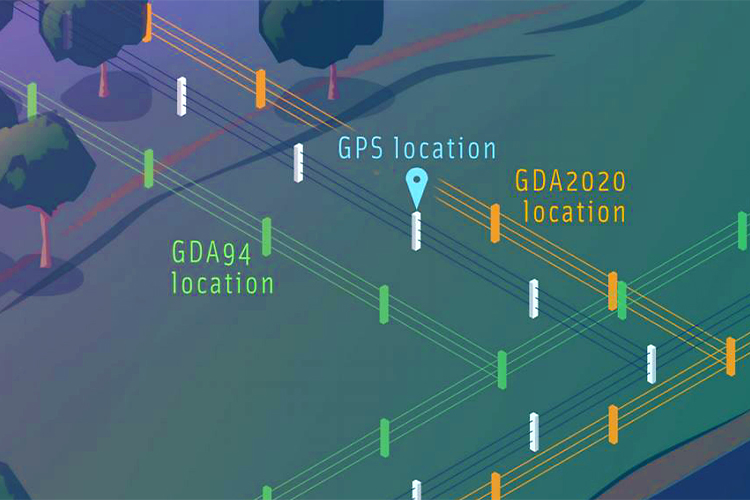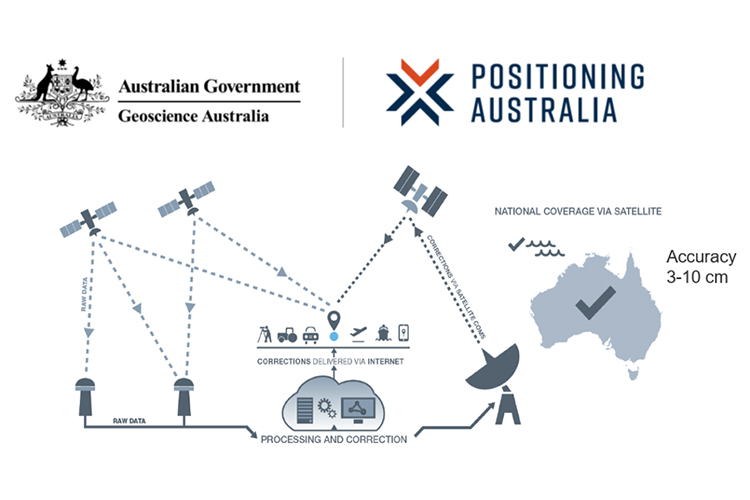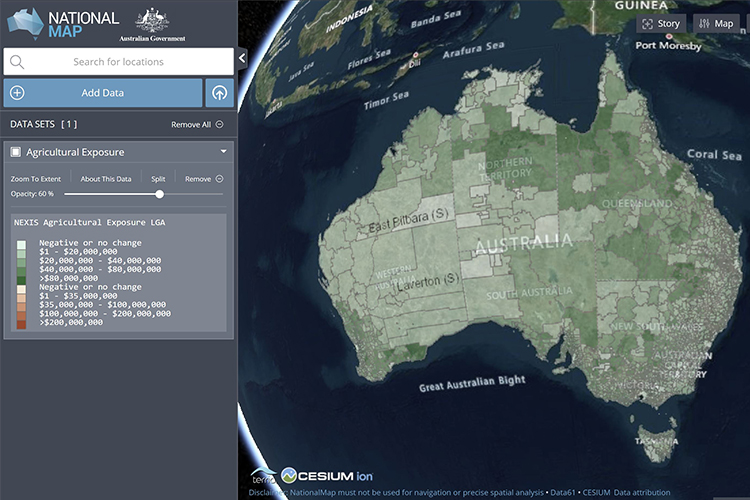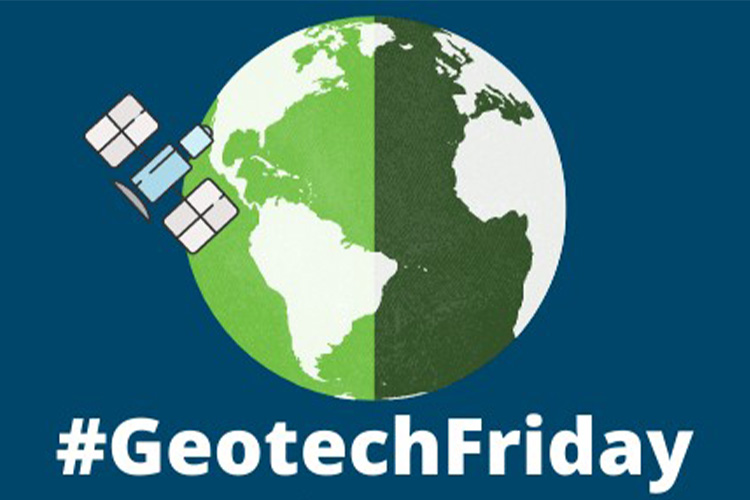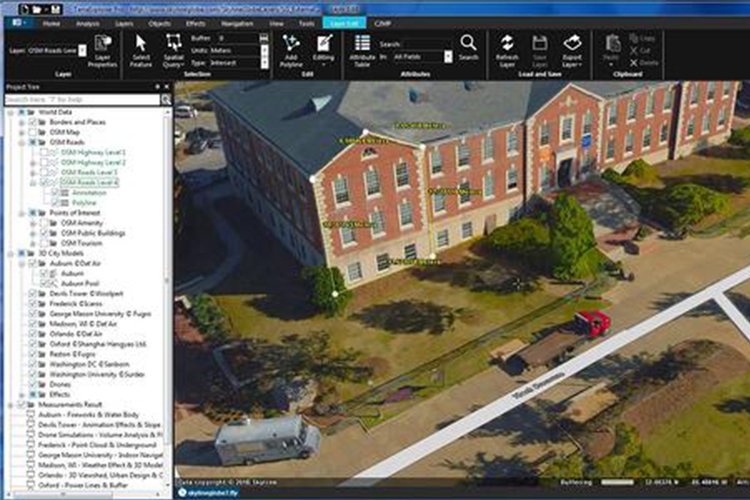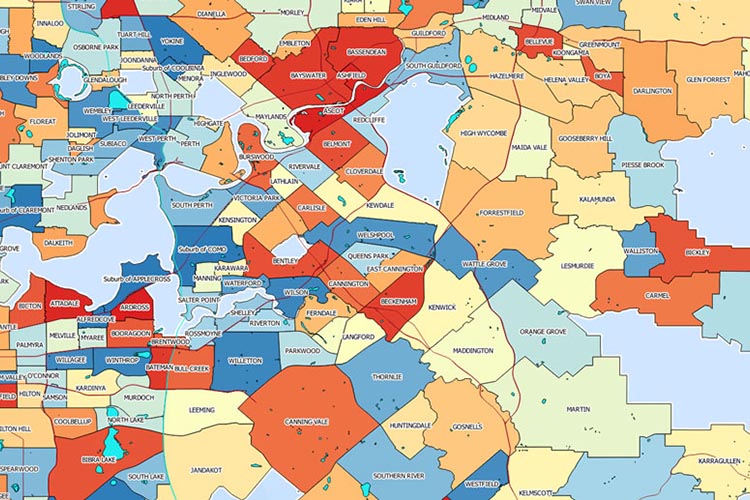Building an Indigenous digital cultural recording
A digital cultural recording is the use of mapping technology and other digital technology recorders, such as video and audio clippings, to document and map the cultural knowledge in the minds of Indigenous Elders. These recordings are crucial as (a lot of the time) Elders can sometimes be too sick to go out on country


